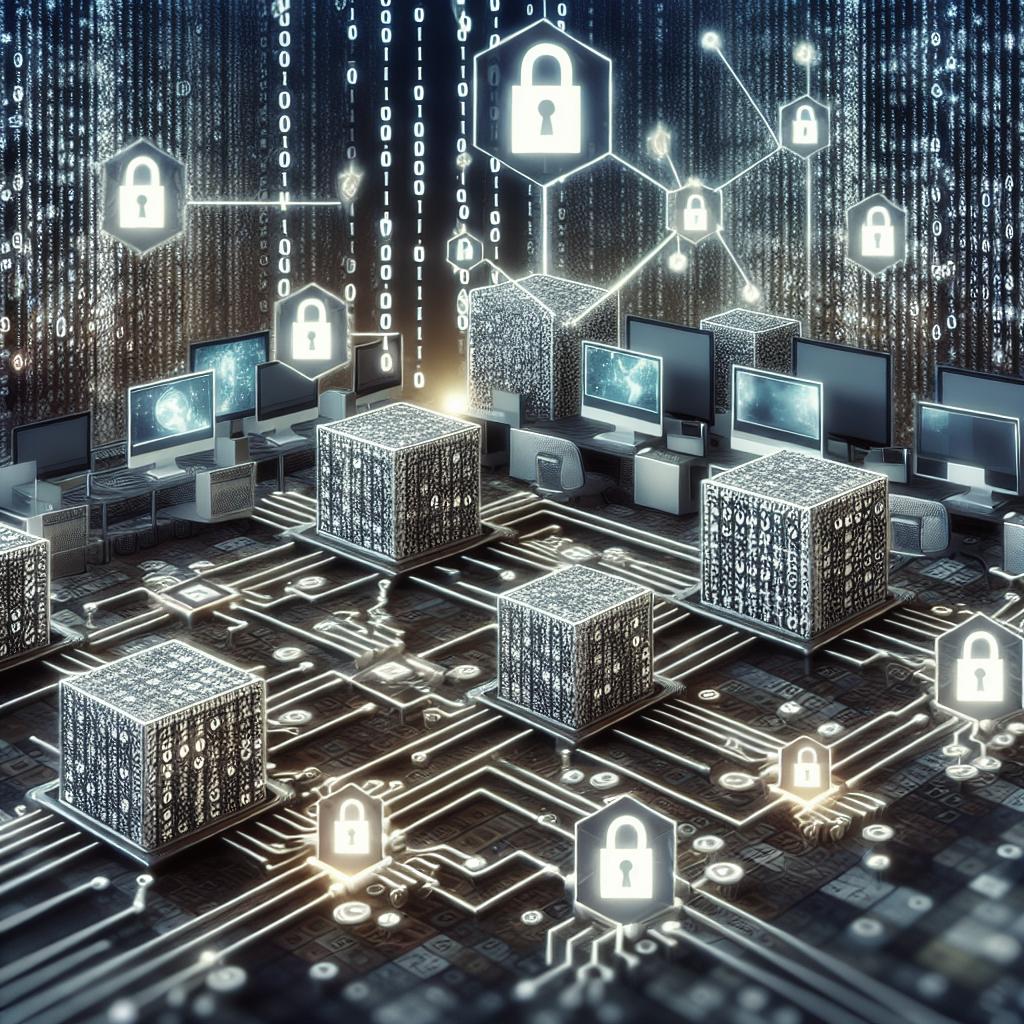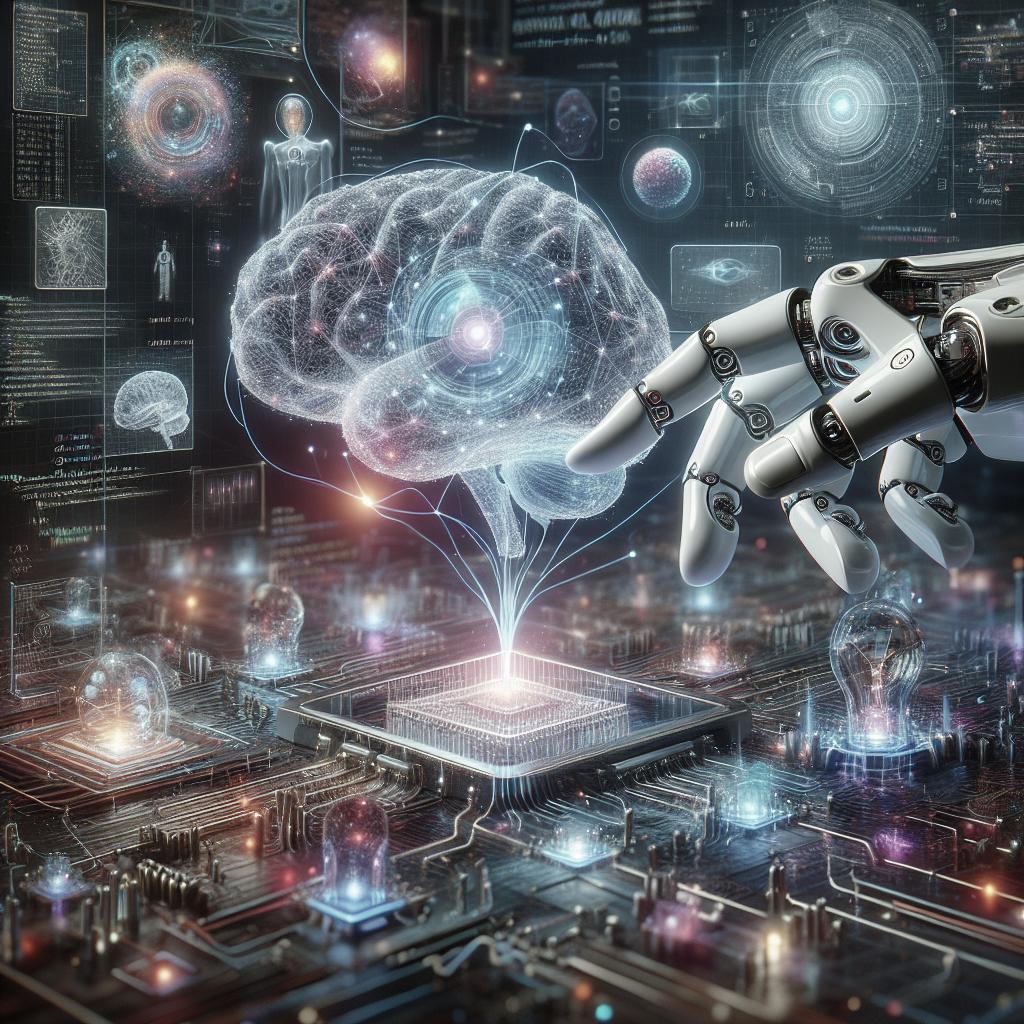“`html
The Internet of Things and Its Applications
The Internet of Things (IoT) is transforming the world with its ability to connect everyday objects to the internet. This revolutionary concept is enhancing how individuals and organizations interact with their environments by integrating smart technologies into daily activities. From increasing operational efficiency in businesses to providing convenience in personal lives, IoT has a vast range of applications. This blog post explores the fundamental aspects of IoT, its operational mechanisms, and the numerous advantages it offers. We’ll delve into its implications for businesses, concrete examples of consumer and enterprise applications, and discuss potential security concerns. Furthermore, we’ll look into the technological advancements enabling IoT, as well as its historical evolution and future outlook.
What is the Internet of Things (IoT)?
The Internet of Things (IoT) refers to the network of physical objects—devices, vehicles, appliances—that are embedded with sensors, software, and other technologies to connect and exchange data with other devices and systems over the internet. The idea is to turn objects into interconnected smart devices that can collect and share data, facilitating decisions that enhance everyday life and streamline complex business processes.
IoT extends internet connectivity beyond traditional devices like desktops, smartphones, and tablets to a wide range of products such as smart thermostats, wearable health monitors, and industrial equipment. By gathering real-time intelligence from multiple inputs, IoT provides deep insights that pave the way for improved efficiency, innovation, and strategic growth.
How does IoT work?
The functionality of IoT revolves around four key components: sensors or devices, connectivity, data analysis, and a graphical user interface. These components collectively enable IoT devices to collect, process, and act on the data gathered from their environments.
Sensors or devices are the collecting points, gathering input from the surroundings and converting that input into data that can be transmitted over a network. Connectivity ensures that this data effectively reaches a centralized platform, where advanced data analysis identifies actionable insights. A graphical user interface then portrays these insights in a user-friendly format, facilitating informed decision-making.
Ultimate IoT implementation guide for businesses
Sensors or devices
Sensors or devices are the frontline components of IoT systems. They are responsible for detecting changes in the environment and generating data concerning those changes. These sensors can monitor various data types such as temperature, motion, light, and pressure, among others. They are crucial for ensuring that the IoT system is aware of its surroundings and can react properly.
When selecting sensors, businesses need to consider factors like accuracy, power consumption, and compatibility with other devices. Optimal sensor selection is vital to ensure that devices can function seamlessly within the IoT ecosystem, providing reliable and relevant data for processing.
Connectivity
Connectivity is essential in an IoT system, as it facilitates seamless communication between devices and the cloud infrastructure. Various connectivity options are available, ranging from Wi-Fi and Ethernet to more specialized networks like LoRaWAN and ZigBee, each with varying ranges, costs, and bandwidth capacities.
For businesses, choosing the appropriate connectivity method can greatly impact the efficiency and effectiveness of their IoT infrastructure. Evaluating use cases can help organizations make informed decisions that align with their goals and technical requirements.
Data analysis
Data analysis is integral to the IoT ecosystem as it gives meaning to the data collected by sensors. Using advanced analytics and machine learning algorithms, IoT systems can extract actionable insights from raw data to drive decision-making processes. This transformation of data into valuable information enables organizations to optimize operations and processes in real-time.
For businesses, investing in robust analytics platforms is crucial to harness the full potential of their IoT deployments. These platforms should offer real-time processing capabilities, scalability, and the flexibility to adapt to evolving data inputs.
Graphical user interface
The graphical user interface (GUI) is the element that presents analyzed data in a simple and comprehensible manner to end-users. Effective GUIs play a pivotal role in helping individuals and businesses make informed decisions quickly by showcasing data through dashboards, visualizations, and alerts.
Designing a user-friendly interface that aligns with specific business objectives plays a crucial role in IoT’s successful implementation and adoption. A well-designed GUI enhances user interaction, ensuring that insights are accessible and intuitive to comprehend and apply effectively.
Why is IoT important?
The Internet of Things is vital because it allows devices to gather and disseminate data quickly and efficiently, transforming industries by automating processes, saving time, and minimizing errors. This real-time insight empowers organizations to optimize operations, increase productivity, and initiate innovative business models.
IoT is also significant on a consumer level, offering convenience and personalized experiences. Smart homes, for instance, allow users to manage lighting, heating, and security systems remotely, providing ease and enhancing lifestyle quality. By bridging the gap between the physical and digital worlds, IoT is revolutionizing how we live and work.
What are the benefits of IoT to organizations?
Organizations implementing IoT benefit from increased operational efficiency obtained through automation, predictive maintenance, and enhanced logistics management. By integrating IoT devices into workflows, businesses can minimize downtime and streamline production processes, resulting in higher output and profitability.
Moreover, IoT allows companies to gather valuable customer insights and behavioral data to tailor products, services, and experiences. This leads to improved customer satisfaction, engagement, and loyalty, providing a competitive edge in the marketplace.
Examples of consumer and enterprise IoT applications
In the consumer space, IoT applications are increasingly prevalent in smart homes. Devices such as smart thermostats, security cameras, and voice-activated assistants are not only convenient but also contribute to energy conservation and home security.
For enterprises, IoT applications are transforming various sectors, such as supply chain management, healthcare, and agriculture. For example, IoT-enabled sensors can monitor equipment health in real-time to prevent breakdowns in manufacturing plants. In agriculture, IoT devices can optimize irrigation and fertilization schedules based on weather patterns and soil conditions.
What are the pros and cons of IoT?
The pros of IoT include enhanced operational efficiency, improved decision-making thanks to real-time data, and the development of new services and business models. IoT fosters innovation and has the potential to drive economic growth at both a macro and micro level.
However, the drawbacks of IoT can’t be ignored. Challenges such as data security vulnerabilities, privacy concerns, and high implementation costs can be significant hurdles. Organizations must weigh these pros and cons carefully when considering IoT deployment.
IoT standards and frameworks
To achieve interoperability and scalability in IoT applications, standards and frameworks are necessary. Current IoT standards include MQTT, CoAP, and LoRaWAN, ensuring reliable communication and data exchange between diverse devices and systems.
Organizations like the Internet Engineering Task Force (IETF) and Open Connectivity Foundation (OCF) continue to work towards developing robust frameworks that enhance interoperability, secure information transfer, and establish industry-wide norms.
IoT security and privacy issues
With the proliferation of connected devices, security and privacy are emerging as major concerns within the IoT landscape. Unauthorized access to sensitive data and device manipulation are potential threats that require robust encryption, authentication, and access control measures to mitigate.
Fostering consumer trust and ensuring compliance with regulations like GDPR are also crucial. Companies must prioritize secure development practices and employ strategies like regular software updates and monitoring to protect their IoT ecosystems from cyber threats.
What technologies have made IoT possible?
Several technological advancements have been pivotal in making IoT a reality. The miniaturization of sensors, the development of low-energy communication protocols, and the growth of cloud computing have been central to IoT’s rise.
Advances in machine learning and artificial intelligence further enhance IoT’s potential by allowing predictive analytics and automating tasks based on the insights extracted from data. These technologies together provide the foundation for smart devices to interact seamlessly in an IoT ecosystem.
What is the history and future outlook of IoT?
The concept of IoT dates back to the early 1980s when the first connected devices appeared in research labs. It gained momentum in the late 1990s and early 2000s, fueled by advancements in wireless technology and the internet. Today, IoT is integral to numerous industries, offering transformative benefits.
As we look to the future, IoT is expected to grow exponentially, driven by technological advancements, digital transformation initiatives, and increasing consumer demands. As more devices and industries adopt IoT, its impact on the economy, society, and the environment could be profound, enabling smarter, more sustainable ways of living and doing business.
Summary of Main Points
| Sub-heading | Summary |
|---|---|
| What is the Internet of Things (IoT)? | Network of physical objects that can exchange data via the internet, enabling smart interactions. |
| How does IoT work? | Involves sensors or devices, connectivity, data analysis, and graphical user interfaces for decision-making. |
| Why is IoT important? | Provides real-time insights to optimize operations and enhance personal convenience. |
| Benefits of IoT to organizations | Improves efficiency, customer insights, and allows innovation. |
| Consumer and enterprise IoT applications | Include smart homes for consumers; manufacturing and agriculture among enterprises. |
| Pros and cons of IoT | Pros: Efficiency and innovation; Cons: Security and cost issues. |
| IoT standards and frameworks | Ensures interoperability and security, with MQTT and CoAP as common standards. |
| IoT security and privacy issues | Concerns around data protection and unauthorized access. |
| Technologies that made IoT possible | Miniaturized sensors, cloud computing, and AI advancements. |
| History and future outlook of IoT | From its 1980s inception to its future potential for transformation. |
“`


